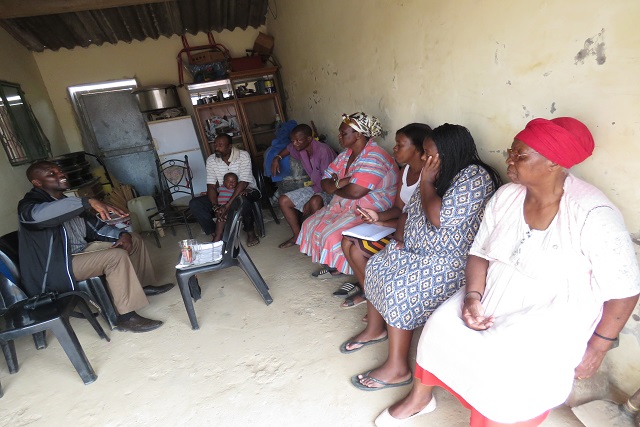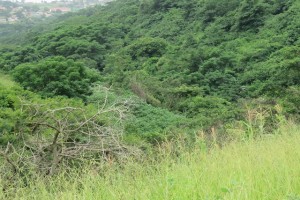Creating a place that is a sanctuary for both people and nature is the aim of the International Centre of Nonviolence (ICON) which is based at the ML Sultan campus of the Durban University of Technology (DUT).
It has a close relationship with DUT, as there is a Memorandum of Agreement that commits both ICON and DUT to collaboratively work to mainstream non-violence into the curricula of DUT.
The centre is under the helm of Crispin Hemson, Director of ICON. His work in education has always been related to social and political action.Recently, the centre became involved in helping the Lindelani community in putting plans into place in helping to establish a peace forest.
“The idea of a peace forest is actually not well established. There are very few around the world. This would be the first developed by ICON. The intention is to address both the environmental issues related to forests (such as pollution, litter, invasive vegetation, erosion) and the human issues (lack of access, criminal behaviour, inappropriate uses) and thus to create a place that is a sanctuary for both people and nature. Around the forest we would hope to see the development of sustainable small gardens that would provide food to local people,” said Hemson.
The Lindelani community through a local activist, Sibusiso Xaba, reached out to ICON. Xaba also heads an organisation named Impumelelo of the Disabled. He focuses both on the lives of disabled people and on the issues faced by the local community.
Hemson and a group of student leaders from DUT’s Durban Leadership Programme will be helping in this project starting in April 2018 for a period of six months.
“The Durban Leadership programme was started in 2012 for student leaders to develop dialogues on issues they were facing. Since then we have moved to a combination of theory sessions and meeting with notable leaders, and involvement in specific community projects. In 2017 the numbers reached 50 students, but in 2018 we are taking somewhat fewer and focusing more on effectiveness,” added Hemson.
He added that such projects will help students to tackle the environmental and social problems affecting an area in a way that makes sense to local people, that draws on their co-operation and commitment.
“This involves learning around communication, in particular listening well to people. It involves doing physical work and developing a sense of unity between community members and members of a University community,” he said.
Pictured: Sibusiso Xaba (on left) discuss the forest with community members.
Pictured: The forest is surrounded by housing development and should be a place to connect with nature.
Waheeda Peters



